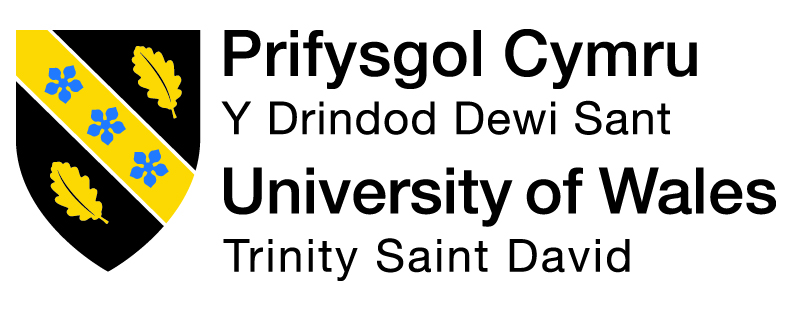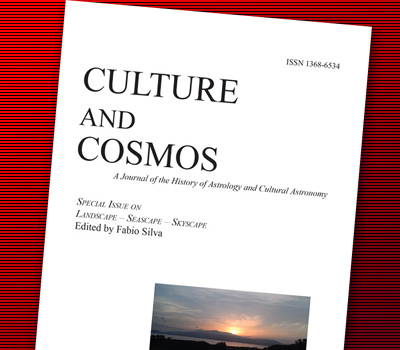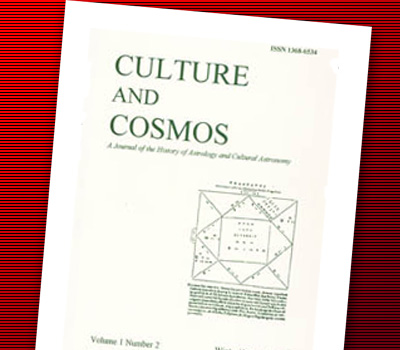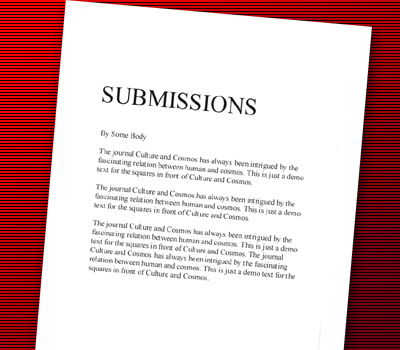We are currently seeking submissions for future volumes of Culture and Cosmos.
Volume 4, No. 1
Editorial
We are pleased to report on two developments in the study of the history of astrology and cultural astronomy. In the UK the Sophia Project has announced the creation of the Sophia Fellowship. This fellowship will fund scholars for up to three months to pursue research at the Warburg Institute into any aspect of the history of astrology or cultural astronomy anywhere in the world in any period up to 1700. Applicants must be twenty-nine years of age or over. The period for applications for 2000-2001 is from 11 October 2000 until 1 December 2000. Application forms are available from the Warburg Institute, Woburn Square, London WC1H 0AB (tel. 020-7862 8949) and particulars will also be posted on the website www.sas.ac.uk/warburg.
In the USA the most recent issue of Archaeoastronomy (Vol. XIV no 1, 1999) bears the new subtitle The Journal of Astronomy in Culture, allowing a broadening of the magazine's remit from the limitations implied by the main title to a much wider examination of the relationship between astronomy and culture. The journal has been published by the Center for Archaeoastronomy since 1977 and much of the burden during that time has fallen on John Carlson.
The expansion of the title also represents a formal editorial tie between the Center and ISAAC (the International Society for Archaeoastronomy and Astronomy in Culture) and the transfer of the responsibility for publication to the University of Texas Press. The new issue contains a suitable array of papers, beginning with an editorial overview of the history and current condition of archaeoastronomy as a discipline. The editors note that 'it is highly doubtful that.any.ancient culture drew the boundaries between astronomical, astrological and religious activities in the same way that we do. We must question the interaction of these related activities that are described in our categories' (p.17) and that 'archaeoastronomical investigations provide students of the social sciences with a new category of evidence and another dimension to the perspective on how people understand and exploit their environment, both of which can be as valuable as the botanical, zoological, and manufactured material remains routinely catalogued in conventional excavations' (p. 19).
Additional papers include Michael J. Crowe and Matthew F. Dowd on 'Archaeoastronomy and the History of Science', Barbara Tedlock on Maya Astronomy, Steven Renshaw and Saori Ihara on 'Archaeoastronomy and Astronomy in Culture in Japan', Bradley E. Schaefer on 'Astronomy in Historical Studies', Jerry King and Carol Ventura on 'A Southeastern Native American Tradition', and John Carlson on 'Pilgrimage and the Equinox "Serpent of Light and Shadow" Phenomenon at the Castillo, Chichén Itzá, Yucatán'.
Subscriptions are $40 for one year individuals in the US, $45 in Canada and Mexico and $53 for all other countries.
The Center for Archaeoastronomy's web site is: www.wam.umd.edu/~tlaloc/archastro.









